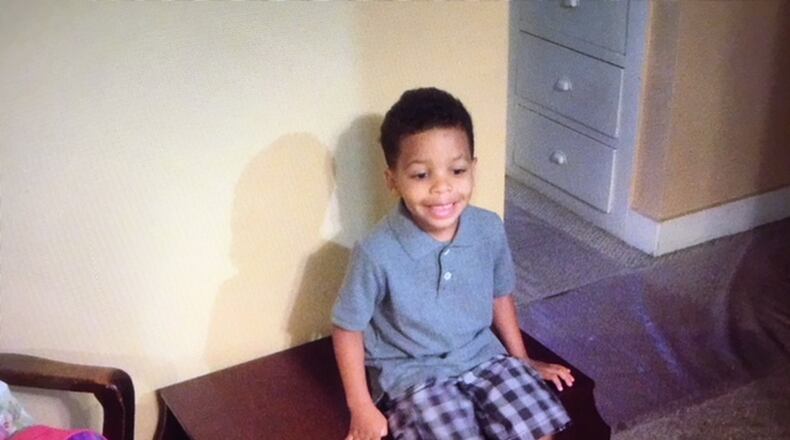Niguel’s grandfather, Willie Hamilton, said there were multiple swimming instructors present when Niguel drowned. Niguel’s mother and family are “having a hard time,” Hamilton said.
MORE POPULAR STORIES: The Path Forward: The region must rally to fix the Dayton Public Schools
Drowning is one of the leading causes of unintentional injury deaths among children in Ohio, according to Ohio Department of Health data.
“Drowning can happen in less than a minute,” said Abbey Rymarczyk, community relations prevention coordinator with Dayton Children’s Hospital. “Drowning is silent, there is typically very little splashing, waving or noise when a child is in distress.”
When children are in or near the water, they should be closely supervised at all times, said J.C. Benton, a spokesman for the Ohio Department of Health.
Adults tasked with watching children around water should avoid distracting activities like reading, playing games, talking on the phone or using drugs of alcohol, Benton said.
City of Dayton general pool rules require children 8 and younger to be accompanied and supervised by an adult in the water at all times.
On Thursday evening, Niguel was taking swim lessons under the supervision of multiple instructors at Lohrey Recreation Center, 2366 Glenarm Ave., his family said.
The last thing Hamilton said he remembers about Niguel’s swim lesson is that he saw him with his class in the deep end.
Niguel had just gone off the diving board with an instructor’s assistance, he said.
After that, an instructor said the group didn’t see Niguel in the water and asked if Hamilton had seen him or whether he had gone to the bathroom, the grandfather said.
“I got up, went to the bathroom and looked around and couldn’t find him,” Hamilton said.
The instructors got everyone out of the pool as they searched for the boy. Hamilton said he went outside to hunt for him. When he returned, Hamilton said he learned others found Niguel at the bottom of the pool.
Two instructors performed CPR on Niguel, Hamilton said.
He was transported to the hospital, where he was put on life support. Niguel was brain dead and in a coma, his family said.
Niguel’s mother declined to comment for this story.
At least 19 people have drowned in Montgomery County since 2016, and at least 40 have drowned in the seven-county region during that time frame, according to preliminary data from the Ohio Department of Health. The region includes Butler, Champaign, Clark, Greene, Miami, Montgomery and Warren counties.
That group includes a 3-year-old boy who drowned at a home pool in Moorefield Twp. in Clark County in September 2016. Last year on Easter Sunday, a 2-year-old child drowned in a family pool in Preble County.
Young children should always be within arm’s reach of an adult when they are in the water, said Rymarczyk of Dayton Children’s.
All pools pose risks, and it is important to ensure adults supervise children while they swim, even if a lifeguard is on duty, she said.
“A lifeguard’s job is to enforce pool rules, scan, rescue and resuscitate, not keep an eye on any one child,” she said.
Many pool drownings happen suddenly and without notice, meaning that by the time someone notices a child is missing, it may already be too late, according to the American Red Cross.
If a child is missing, inside pool should always be the first place to check, safety experts say.
Weak swimmers may need life jackets in and around the pool, and it would be helpful for everyone to learn basic life-saving skills, like CPR, experts said.
“Safety in numbers” doesn’t always add up while swimming, said Lisa Schwing, trauma program manager at Dayton Children’s.
“If a pool is very crowded, a lifeguard may have difficulty seeing or recognizing a child in trouble,” she said.
About the Author

